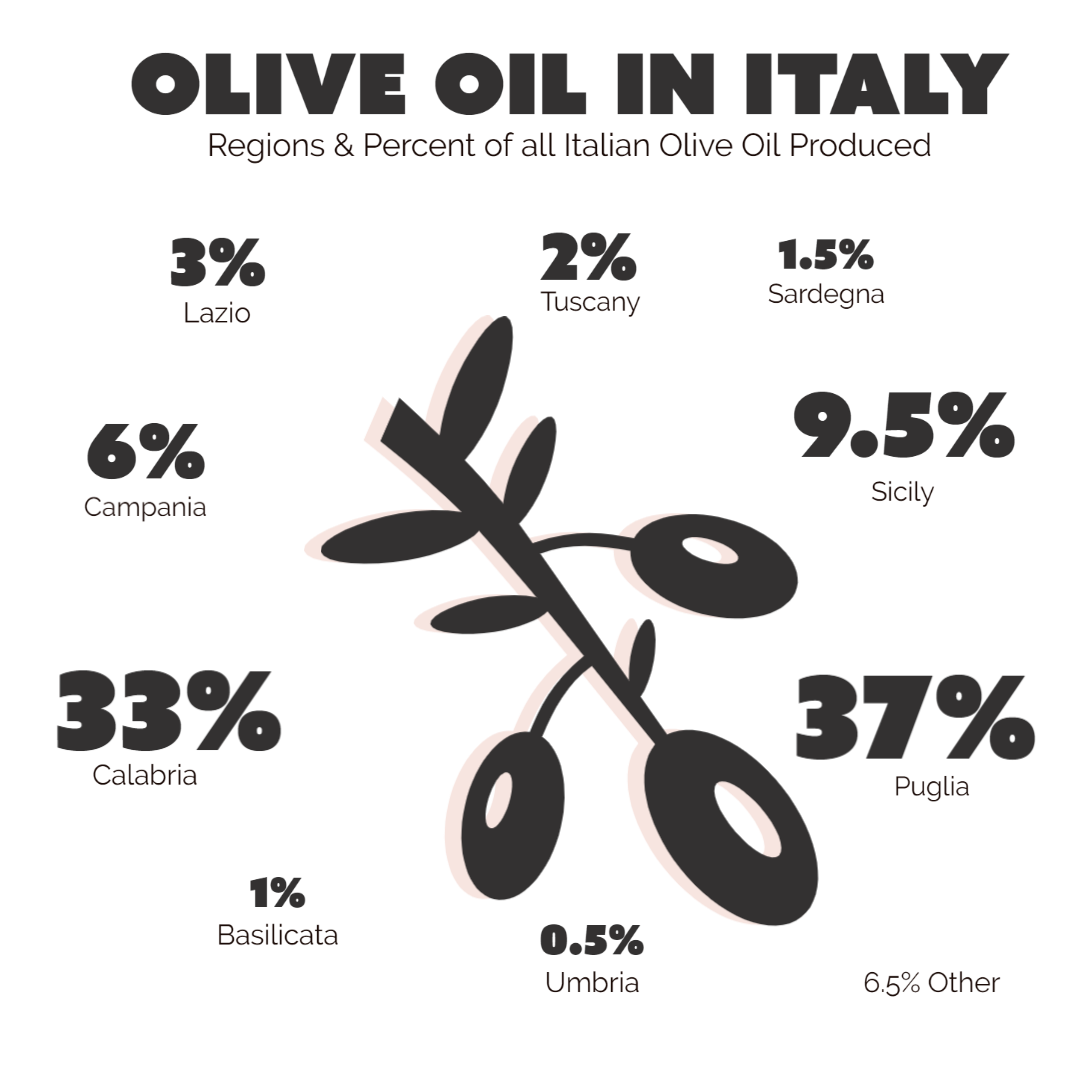|
-By Diana Maiola It is the symbol of victory, prosperity, fertility, perseverance and wisdom but most importantly, it is the ultimate representation of Peace. The olive tree is stoic, stubborn and stunningly beautiful! The origins of the olive tree can be traced according to fossil evidence from 20-40 million years ago in what is now Italy and the eastern Mediterranean Basin. Actual cultivation first took place about 7000 years ago. Today there are 800 million olive trees growing on our Earth and there are over 500 different cultivars (varieties of olives). My first recollection of them was when I was 6 years old. My uncle, Zio Raffaele, took me to a piece of land that belonged to the Pugliese side of my family of my dear mother, Anna, and for the first time in my life I was cognizant of these magnificent trees. The soil was a bit sandy and I was chasing a tiny lizard that lead me right to the gnarly trunk of an ancient olive tree. I was so taken with the tree and I had to touch it. As I stood up, I actually felt embraced by the tree. Something magnetic transpired because I have been drawn to the olive tree ever since. In so many parts of the world there are olive trees. For the purpose of this post, I am going to focus on the trees of Italy. Eighteen out of 20 regions in Italy grow olive trees. Here is a quick list of some regions and their corresponding % of olive oil production: Interesting! Right?
The typical life expectancy of an olive tree is 300-600 years, however, there are countless trees that are more than 1,000 years old!! My personal favorites are in the region of Puglia, especially those that are “Secolare”. “Secolare” in Italian means secular and is a perfect way to give reference to a remarkably old tree. There are between 50 – 60 million trees in this region alone and we like to think that there is one tree per person living in Italy! One can drive for hours within the region of Puglia and witness that the trees are planted as far as the eye can see. The olive tree is incredibly resistant and can survive without much care. It grows in sandy, windy, rocky and burning sun conditions bordering on drought. It is adaptable and flexible and maintains its silvery leaves all year long. The fruit of the tree, the olives are harvested mostly by hand between October and November in Italy. Within four hours of being picked they must be rushed to the “Frantoio” or mill to be pressed into oil. My 3 favorite cultivars are Ogliarola, Coratina and Peranzana. Extra Virgin Olive oil does not improve with age and its biggest enemy is light. Dark glass bottles kept in a cool dry place are best for optimum protection and storage. Some of the health benefits of olive oil include that it is Rich in monounsaturated fat and Oleic acid. It is an antioxidant; it has strong anti-inflammatory properties and promotes a healthy heart. Furthermore, it is not associated with obesity or weight gain and it helps to maintain beautiful skin. The Mediterranean diet relies heavily on the use of olive oil and it is delicious with grilled vegetables, toasted bread, in soups on fish and the list goes on and on. Here in Italy the ancient wood of a deceased tree is given to artisans that transform the wood into objects of art or useful household items such as cutting boards, utensils, serving bowls etc. It makes me happy that the life of these trees is repurposed and not forgotten. When I consider the integrity of the olive tree it reminds me of the legendary character, vitality, stability and fortitude of my parents, my grandparents and all the generations that precede them. When I have an exceptional bottle of olive oil in my kitchen, I feel blessed. For this, I am at peace. |


 RSS Feed
RSS Feed
